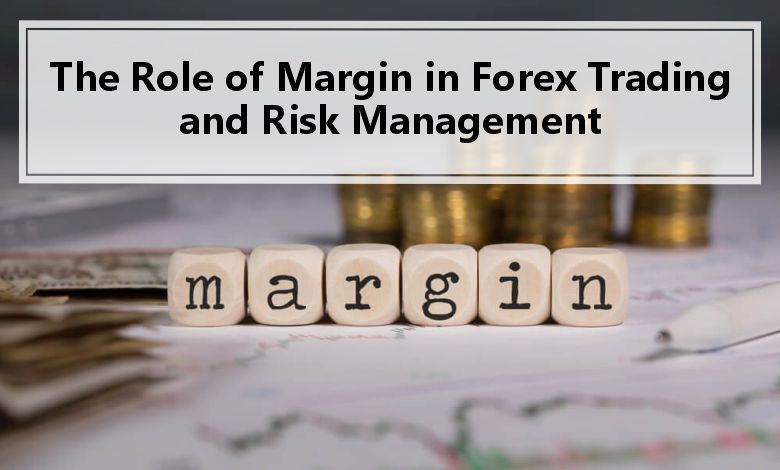Margin in Forex trading is a critical concept that enables traders to control larger positions in the market than their actual investment capital would allow. Essentially, margin is a good faith deposit that a trader needs to make to enter into a trade.
This deposit acts as a form of collateral, which the broker uses to ensure that the trader can cover any potential losses. The role of margin in Forex trading is fundamental because it amplifies both potential gains and losses, making it a double-edged sword.
When a trader opens a position, they only need to deposit a fraction of the full value of the trade. This fraction is known as the margin requirement.
For example, if a broker requires a 1% margin, a trader can control a $100,000 position with just $1,000 of their own capital. This leverage allows traders to maximize their exposure to the market without committing a significant amount of their own funds.
However, while leverage can magnify profits, it also increases the potential for substantial losses.
Calculating Margin
To calculate the margin required for a trade, traders must understand the specific margin requirement set by their broker and the size of their position.
The formula for calculating margin is straightforward: Margin = (Trade Size × Margin Requirement). For instance, if a trader wants to open a position worth $50,000 with a 2% margin requirement, the margin needed would be $1,000.
Understanding what is margin in forex and how to calculate it is important for effective risk management. Traders must make sure that they have sufficient funds in their account to meet margin requirements and to cover potential losses.
Failure to maintain the necessary margin can lead to a margin call, where the broker demands additional funds to keep the position open. If the trader cannot meet the margin call, the broker may close the position, potentially resulting in significant losses.
Margin Calls and Maintenance Margin
A margin call happens when the value of a trader’s account falls below the broker’s required level, known as the maintenance margin. The maintenance margin is typically a percentage of the total trade size that must be maintained in the trader’s account at all times.
If the account balance drops below this level due to market fluctuations, the broker will issue a margin call, requiring the trader to deposit additional funds to bring the account back to the required level.
Margin calls are designed to protect both the trader and the broker from significant losses. For traders, margin calls serve as a warning that their account is at risk, giving them an opportunity to add funds or close positions to reduce exposure.
For brokers, margin calls help ensure that there are sufficient funds in the account to cover potential losses, thereby reducing the risk of the trader defaulting on their obligations.
Risk Management Strategies
Effective risk management is essential in Forex trading, particularly when using margin. Traders must implement strategies to manage their exposure and protect their capital.
One key strategy is to use stop-loss orders, which automatically close a position when the market moves against the trader by a predetermined amount. Stop-loss orders can help limit losses and protect profits, providing traders with greater control over their trades.
Another important risk management strategy is to diversify trades. By spreading capital across different currency pairs and not concentrating on a single position, traders can reduce the impact of adverse market movements on their overall portfolio. Diversification helps mitigate risk and smooth out the volatility that can arise from trading a single currency pair.
Importance of Understanding Leverage
Leverage is closely related to margin and plays a significant role in Forex trading. It allows traders to control larger positions with a smaller amount of capital. While leverage can magnify profits, it also increases the potential for losses. Therefore, traders must use leverage cautiously and understand its implications along with an understanding of what is margin in forex.
A common mistake among traders is to over-leverage their positions, which can lead to substantial losses and even account wipeouts. To avoid this, traders should use leverage in moderation and only take on positions that align with their risk tolerance and trading strategy.
Understanding the relationship between leverage, margin, and risk is essential for long-term success in Forex trading.
Conclusion
Margin in Forex trading is a powerful tool that allows traders to control larger positions and potentially achieve higher returns. However, it also introduces significant risk, making effective risk management essential. By understanding how margin works traders can navigate the complexities of margin trading and boost their chances of success.













Leave a comment